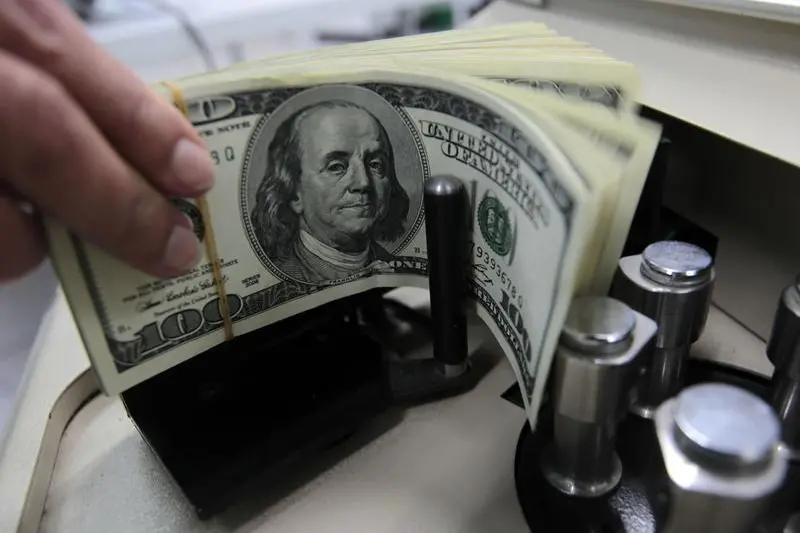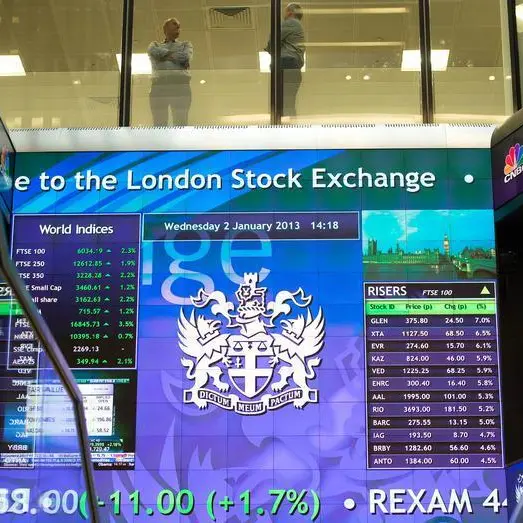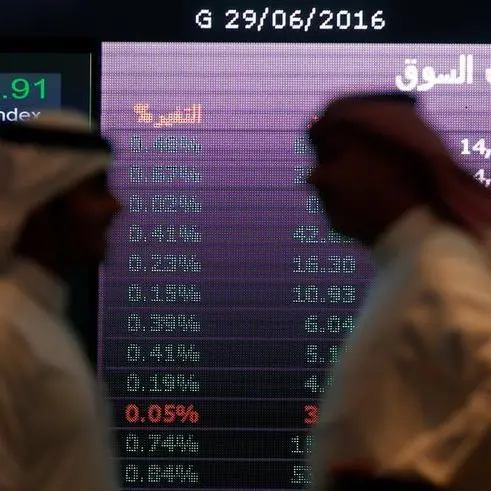PHOTO
SINGAPORE: The dollar and export-oriented currencies found support on Thursday as upbeat trade comments from U.S. President Donald Trump cheered the market, while New Zealand's softer-than-expected banking reforms pushed the kiwi to a four-month high.
The flight to safety seen on Wednesday reversed after Trump said trade talks with China were going "very well," a day after floating the idea that a deal might have to wait until after the 2020 presidential election.
Bloomberg also reported that the two sides are moving closer to an agreement, citing people familiar with the talks.
That took the shine off the safe-haven yen and Swiss franc, which nursed losses on Thursday.
"Another day, another reversal of what happened the previous day," said National Australia Bank's head FX strategist, Ray Attrill.
"I thought the markets had stopped playing headline ping- pong on trade, but evidently not."
Despite the swing, prevailing caution about high level comments on trade kept market moves modest. The U.S. dollar held overnight gains against the safe-haven Japanese yen and Swiss franc to sit at 108.79 yen and 0.9877 francs. It was steady on the euro at $1.1082.
Against a basket of currencies the greenback held at 97.588.
The British pound crossed the $1.31 mark for the first time since May overnight as expectations that Prime Minister Boris Johnson would win a majority at next week's election firmed.
Sterling last traded at $1.3108. The Australian dollar AUD=D3 slipped 0.2% to $0.6838 after softer-than-expected retail sales data.
The standout was the kiwi, which rose 0.4% to $0.6555, its highest since August, and has put on more than a cent this week as business sentiment there has rebounded and expectations for monetary loosening have fallen.
The Reserve Bank of New Zealand lifted bank capital requirements, but not as much as some investors had feared, and with a long lead time, reducing expectations that monetary easing might be needed to offset the hike's tightening effects.
Against the Aussie, the kiwi has gained more than 3% in a month to stand at a four-month high of NZ$1.0457 per A$1.
The long, seven-year phase-in and modest scale of hiked bank capital rules were seen having a softer impact on lending and growth than expected, reducing the likelihood of deeper monetary easing.
The country's biggest lender, Australia and New Zealand Banking Group, trimmed its expectations for cuts to the country's Official Cash Rate (OCR) next year from two reductions to one after the capital requirements were announced.
"A softening in the proposals, combined with a more positive domestic outlook...mean we are changing our OCR call to only one further 25bp OCR cut, in May next year, taking the OCR to 0.75%," ANZ analysts said in an emailed note.
The Canadian dollar CAD= hit a one-month high of $1.3203 per greenback after the country's central bank held interest rates steady and said there were signs the global economy was stabilising.
A rise in oil prices also supported the exporter's currency, and lifted the Norwegian krone NOK= slightly to 9.1622 per dollar. O/R
(Reporting by Tom Westbrook; Editing by Sam Holmes) ((tom.westbrook@tr.com; +65 6318 4876;))












